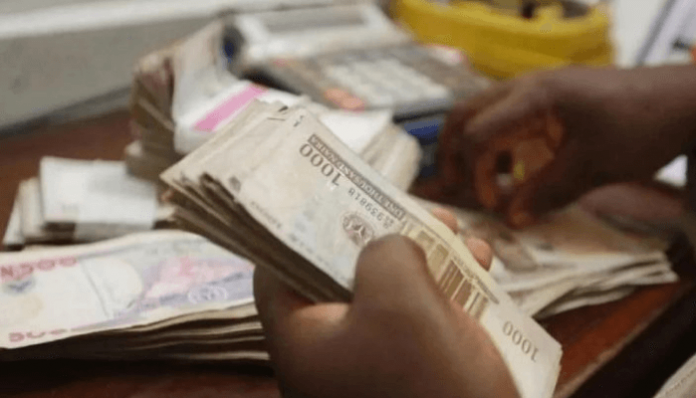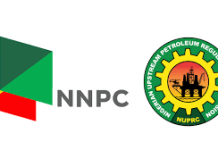The average yield on Nigerian Treasury bills (NTB) fell midweek as positive momentum in the secondary market increased – despite inflation and interest rates being in the double-digit range.
According to fixed income dealers, the secondary market bill-buying opportunity occurred at a time when the market was grappling with liquidity shortages, which has driven funding rates into the double digits.
Short-term benchmark rates – open repo and overnight lending rates – had been in the single digits for a long time before beginning to rise after liquidity dryness in the money market.
The overnight lending rate (OVN) and the open repo rate (OPR) both increased significantly, reaching double-digit levels of 11.25% (up from 2.71%) and 12.30% (up from 3.42%), respectively.
According to market experts, the overnight lending rate increased dramatically by 888 basis points to 12.3% following the completion of the N657.84 billion FGN bond primary market auction on Monday. As a result, financial system liquidity fell to 121.86 billion from 412.59 billion.
As a result, trade in the Nigerian Treasury bills secondary market became positive, with the average yield falling 191 basis points to 4.3%. >>> The yield on Nigerian Treasury Bills has risen to 7%.
Cordros Capital stated in its market report that the average yield fell throughout the curve in the short (-329bps), mid (-218bps), and long (-148bps) segments.
The yield deceleration followed record demand for notes maturing in 36 days (-381bps), 141 days (-222bps), and 239 days (-255bps), respectively.
To put it another way, investors who buy interest in 36-day notes reduce the accompanying yield line by 381 basis points. The similar trend was observed on 141-day bills, leading the yield curve associated with the tenor to fall by 222 basis points. The yield on 239-day notes fell by 255 basis points.
Cowry Asset Management reported in its market update that tightening liquidity circumstances caused the Nigeria Inter-Bank Offered Rate (NIBOR) to rise across most tenor buckets.














